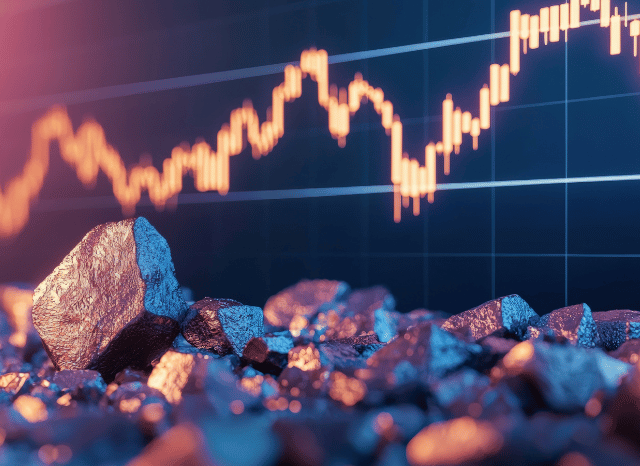
The strategic metals powering the Vitality transition are now centre phase in geopolitics and marketplace.
After confined to market scientific and industrial circles, rare earth elements (REEs) have surged into world headlines—and once and for all purpose. These seventeen components, from neodymium to dysprosium, tend to be the creating blocks of recent technological know-how, enjoying a central role in all the things from wind turbines to electric motor vehicle motors, smartphones to defence systems.
As the globe races to decarbonisation and digitalisation, demand for REEs is soaring. Their position during the Vitality transition is significant. High-efficiency magnets manufactured with neodymium and praseodymium are important to the electrical motors Utilized in each EVs and wind turbines. Other REEs like europium and terbium are beneficial for lighting, shows, and optical fibre networks.
But source is precariously concentrated. China now leads the sourcing, separation, and refining of rare earths, managing in excess of eighty% of worldwide output. This has remaining other nations scrambling to make resilient supply chains, reduce dependency, and secure usage of these strategic sources. Because of this, exceptional earths are not just industrial products—they're geopolitical property.
Investors have taken Be aware. Fascination in scarce earth-linked shares and Trade-traded funds (ETFs) has surged, driven by both equally the growth in clean tech and the will to more info hedge versus provide shocks. Yet the marketplace is elaborate. Some firms remain within the exploration period, others are scaling up creation, though several are now refining and offering processed metals.
It’s also vital to be aware of the distinction between rare earth minerals and uncommon earth metals. "Minerals" seek advice from the Uncooked rocks—like bastnasite, monazite, xenotime, or ionic clays—that consist of scarce earths in natural type. These need intensive processing to isolate the metallic components. The term “metals,” Alternatively, refers to the purified chemical components used in high-tech purposes.
Processing these minerals into usable metals is highly-priced. Beyond China, number of nations have mastered the full industrial process at scale, though sites like Australia, the U.S., Vietnam, and Brazil are Doing the job to alter that.
Demand is remaining fuelled by many sectors:
· Electric mobility: magnets in motors
· Renewable Electrical power: specially wind turbines
· Buyer electronics: smartphones, laptops, sensors
· Defence: radar, sonar, precision-guided systems
· Automation and robotics: ever more crucial in field
Neodymium stands out as a particularly important uncommon earth as a consequence of its use in strong magnets. Others, like dysprosium and terbium, increase thermal steadiness in higher-effectiveness purposes.
The rare earth market place is unstable. Price ranges can swing with trade plan, technological breakthroughs, or new supply resources. For buyers, ETFs offer diversification, although direct stock investments come with greater threat but perhaps larger returns.
What’s apparent is that rare earths are no longer obscure chemical curiosities—they’re strategic resources reshaping the worldwide financial state.